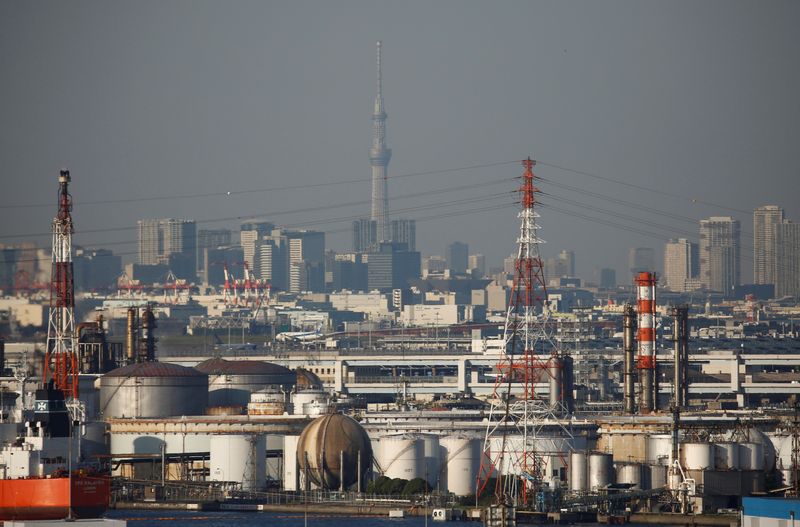Japan’s factory activity falls slow, PMI shows
2024.04.30 21:06

TOKYO (Reuters) – Japan’s factory activity shrank at a slower pace in April as declines in output and new orders eased, a private-sector survey showed on Wednesday.
Inflationary pressure continued but firms found market demand was strong enough to allow them to raise output costs, the survey found.
The final au Jibun Bank Japan manufacturing purchasingmanagers’ index (PMI) rose to 49.6 in April from 48.2 in March, but was off the 49.9 reported in the flash PMI.
The index still stayed below the 50.0 threshold that separates growth from contraction in activity but it was the slowest contraction in eight months.
“The latest PMI data continued to paint a fairly subdued picture of Japanese manufacturing sector performance,” said Paul Smith at S&P Global Market Intelligence.
But a rise in the index suggested the sector is close to “stabilisation in the near-term,” he said.
Both output and new orders slipped for an 11th straight month in April but the pace of falls eased.
Some firms reduced new orders, which weighed on production, while others preferred utilising inventories rather than raising output, the survey showed.
New orders shrank due to sluggish demand, especially for autos while new export orders contracted due to low demand from key export markets such as China and the U.S.
Input costs picked up as higher prices were seen in a variety of goods, especially metals. Freight and logistics were cited as factors for inflation as well. Stronger input prices were behind the gains in output charges, the survey showed.
3rd party Ad. Not an offer or recommendation by Investing.com. See disclosure here or
remove ads
.
“Firms perceived that market demand was sufficiently strong to allow them to raise their own charges,” said Smith.
While the trend of a weak yen helps boost exports, it pushes up import costs, which adds to inflationary pressures and squeezes households spending.
Firms remained confident about the outlook as they expect sales to pick up and the global inventory cycle to pick up.








